The Department of Microtechnology and Nanoscience - MC2 - has gathered several research areas together with competent and talented researchers to form a unique environment. This cross-disciplinary strategy provides for interesting collaborations and serves as a driving force for innovations and breakthroughs.
MC2 has strong research activities and is successful with regard to attracting research funding. We focus our research on the areas of on future nano- and quantum electronics, photonics, microwave electronics and bio- and nanosystems. MC2 houses a cleanroom for micro- and nanofabrication with the latest equipment.
Our research laboratories

Applied Quantum Physics: Nano-scale Electronics
Research goes along three directions: quantum information processing with superconducting circuits, transport phenomena in graphene and molecular nanostructures, and unconventional superconductors.
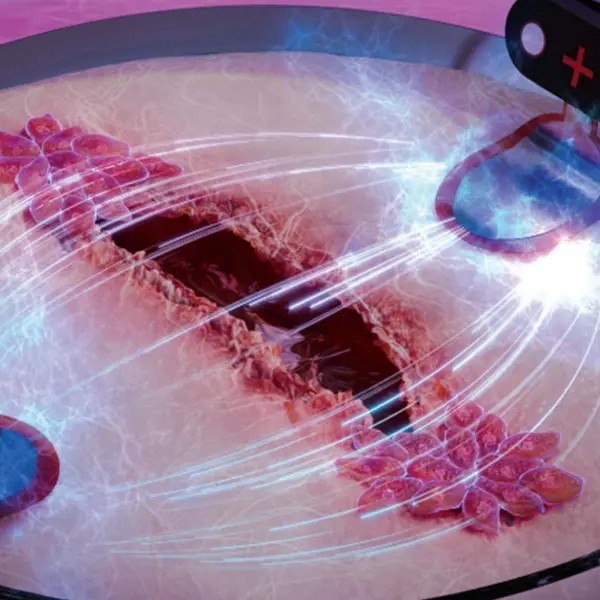
Electronics Materials and Systems Laboratory: Fabrication & Characterization
At the Electronics Materials and Systems Laboratory, research is focused on carbon-based devices as well as bioelectronic microsystems regarding manufacturing, characterization, interconnect and packaging and theoretical consideration as well as fundamental modelling.
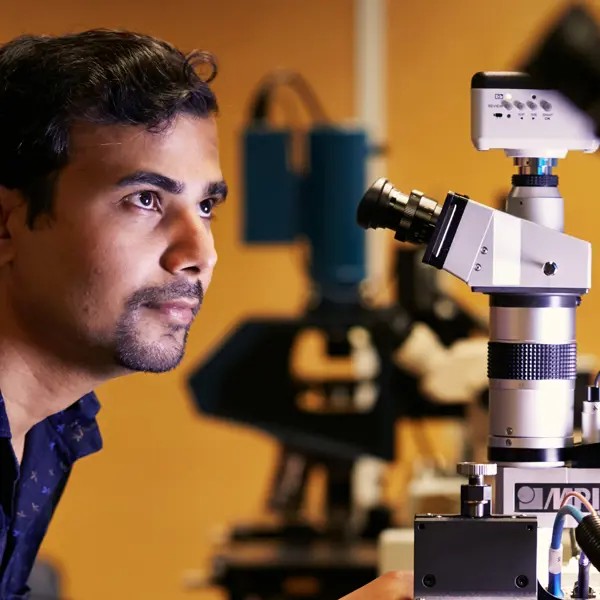
Microwave Electronics Laboratory: Future communication & remote sensing systems
Wireless communication and remote sensing play an important role in the modern society and almost everyone is using such systems every day. Typical examples are mobile phones, wireless internet connectivity, radio and TV broadcasting, and wireless networks at home or public areas.
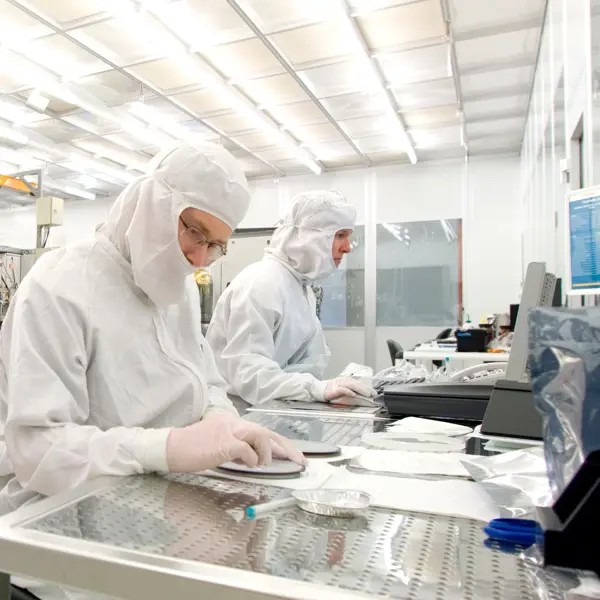
Nanofabrication Laboratory
The laboratory is an open user facility for external as well as internal academic and industrial interests. The Nanofabrication Laboratory offers a broad platform of process tools for the development and testing of new ideas in micro and nanotechnology.
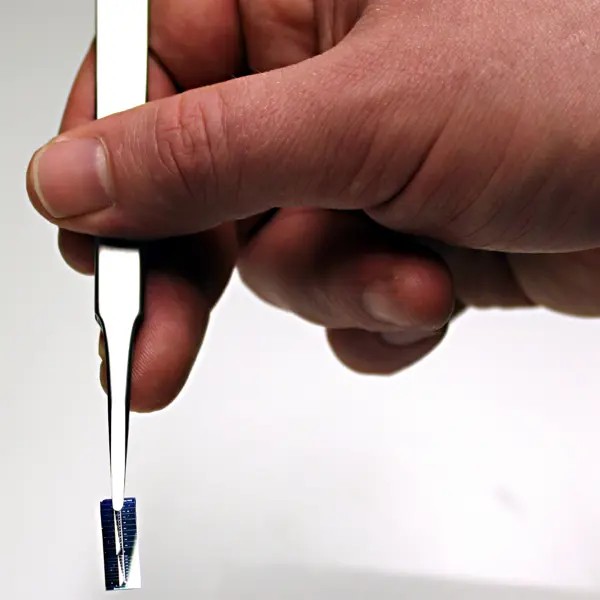
Photonics Laboratory: Optoelectronics & Fibre optics
Photonics is the science and technology of light. Light is fast, efficient, and clean. Light can interact strongly with biomolecules, for instance in medical detection and treatment, and light propagation can be controlled with extreme spatial precision.
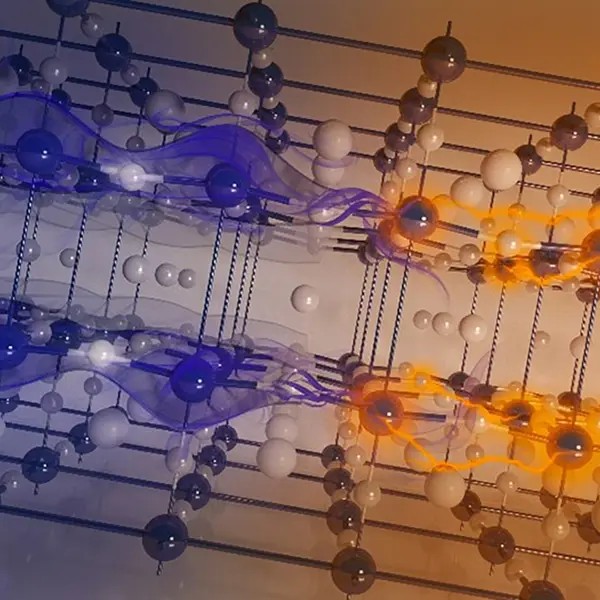
Quantum Device Physics Laboratory: Small electronic devices
At the Quantum Device Physics Laboratory (QDP), we exploit the charge, spin, orbital and lattice degrees of freedom in materials that we design and produce, to explore fundamental questions in condensed matter physics and to develop new concepts in device physics.
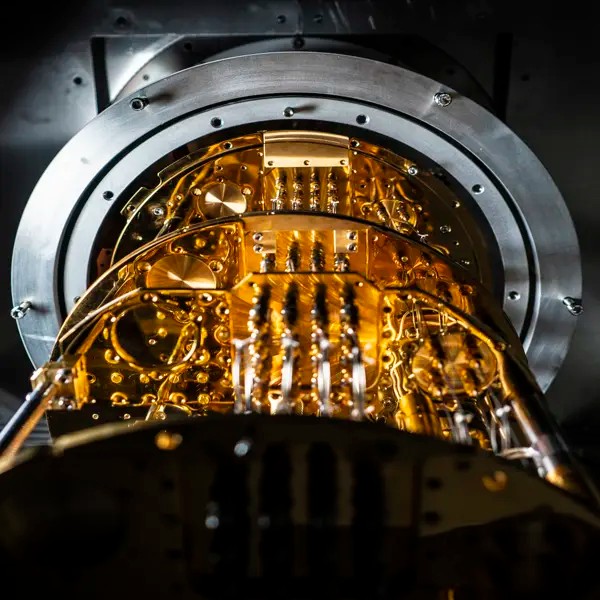
Quantum Technology Laboratory
The Quantum Technology Laboratory (QTL) encompasses in general research within the field of quantum technology, focusing on quantum computing, quantum sensing, quantum transduction, quantum thermodynamics and quantum foundations.
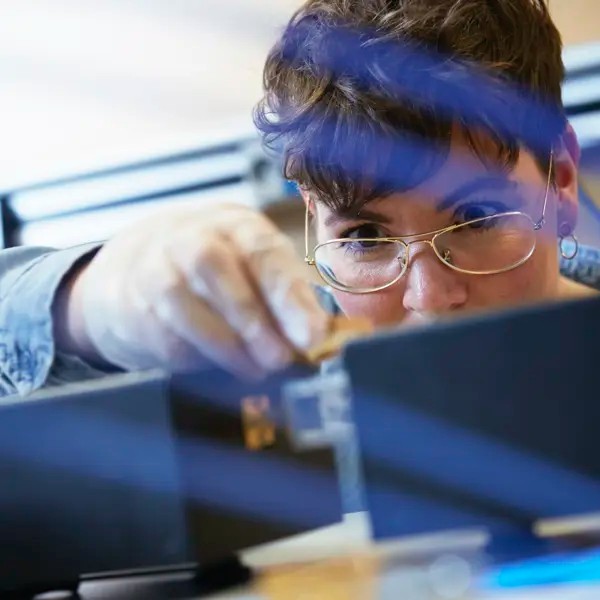
Terahertz and Millimetre Wave Laboratory: Bridging the THz gap
We demonstrate innovative technologies within the terahertz (0.3 – 10 THz) spectra with applications ranging from basic science to future wireless sensors and communication systems. Today, terahertz technology is an indispensable tool for space science, hoping to gain fundamental knowledge of the origin of our universe and for atmospheric science, which is directly related to the environmental challenge and climate change effects.